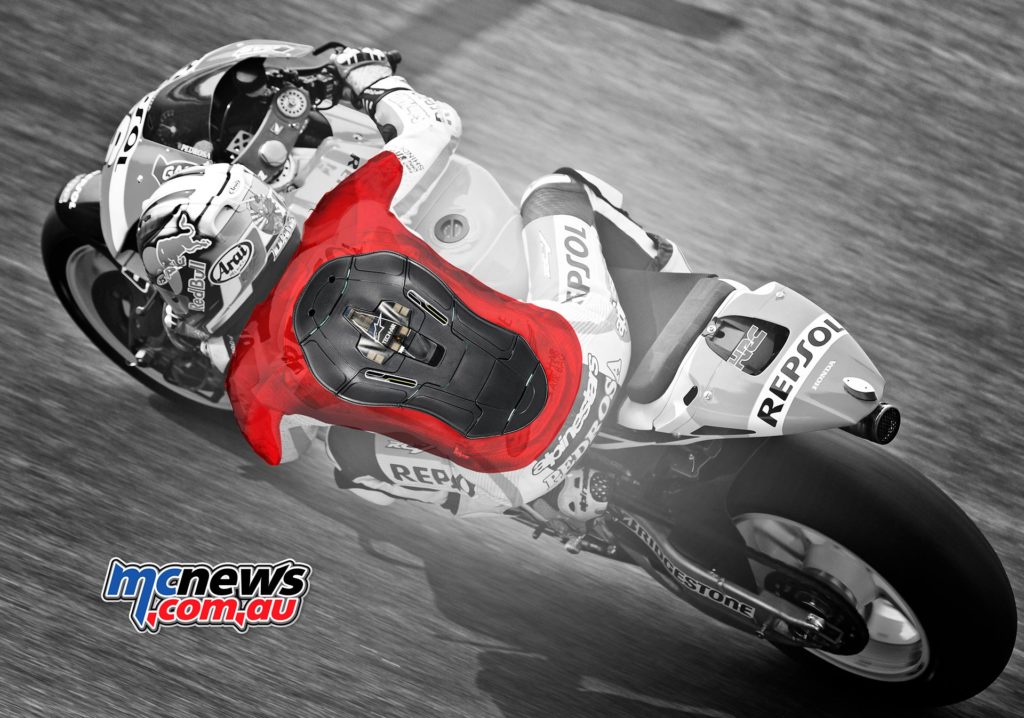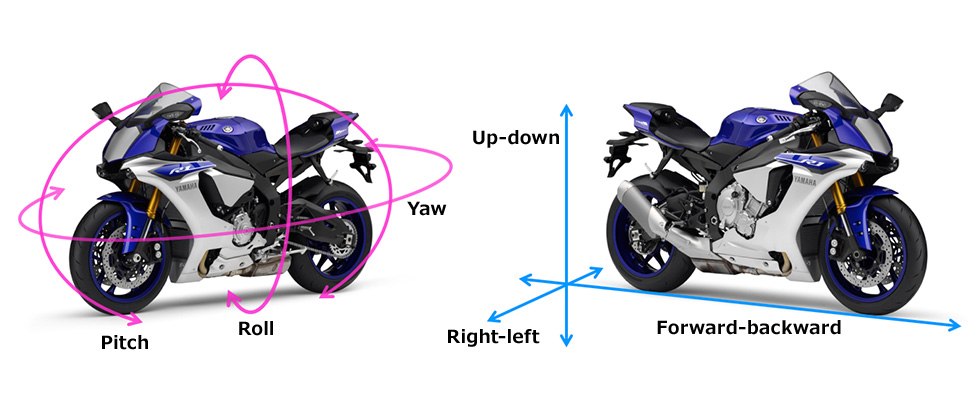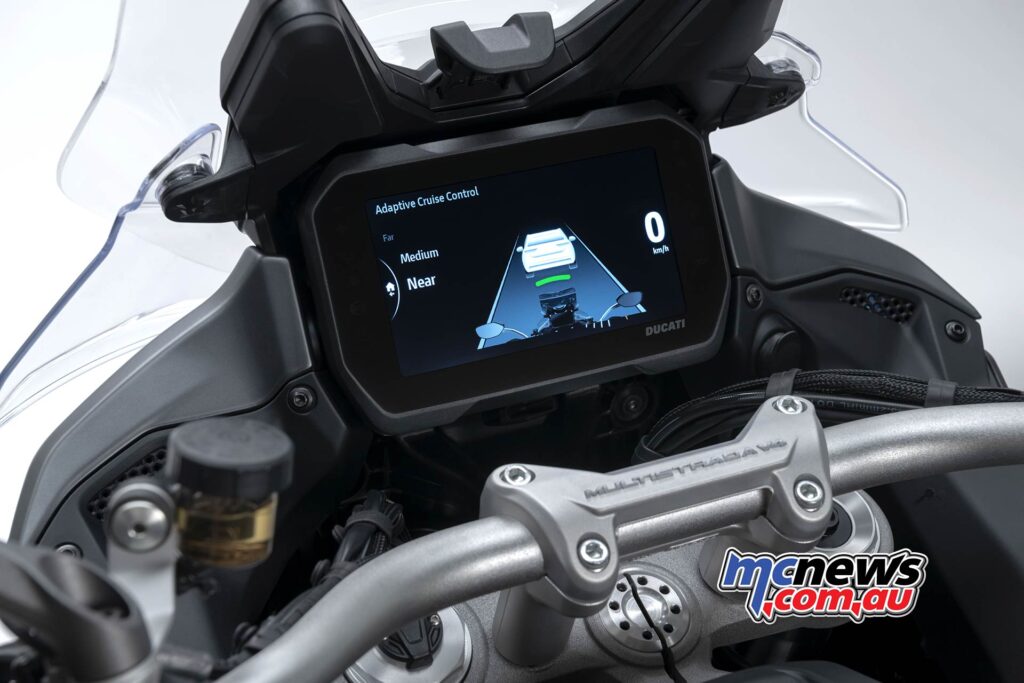FEMA call for more consideration of motorcycles in safety strategies
The Federation of European Motorcylists’ Associations, has criticised Europe’s road safety plans which will dictate a variety of road management and safety initiatives over the next decade.
FEMA has stated this does not sufficiently take into account motorcycles, saying they will only support an approach safe for all road users. This follows the implementation of strategies based on the Swedish ‘Vision Zero’ doctrine such as safety barriers and road designs which have led to claims of motorcyclists feeling less safe and more at risk. The motto may be familiar to Australian riders with the derivative ‘Towards Zero’ campaign running around the country and the proliferation of wire rope barriers on our roads.

The debate around wire-rope barriers is one that rages on, with European studies actually showing they significantly increase the severity of injuries for motorcycles and have been nicknamed ‘cheese cutters’ due to the gruesome injuries they can inflict on riders. Wire-rope barriers have become more popular and widely implemented, particularly in Australia, due to the low cost and claimed effectiveness relating to out of control four-wheeled vehicles, despite higher ongoing maintenance costs and the greatly increased risk to riders in comparison with smooth concrete barriers or other alternatives that are more friendly to motorcyclists.
The focus of the EU Commissioner for Transport instead was cross-border enforcement, modernising licencing and preparing for vehicle automation, with FEMA also criticising the key performance indicators chosen to judge the impact of these policies and road safety.
Not addressed is the importance of motorcycles avoiding accidents, where many policies designed for cars simply seek to reduce fatalities and minimise injury. This creates road safety strategies which unfortunately focus more on minimising the impact of crashes, rather than reducing the number of crashes.
With motorcycles being highly vulnerable road users the issue is clear, even minor accidents can have tragic consequences, while strategies that seek to reduce crashes altogether would benefit all road users, as well as pedestrians.

Another point of criticism was the tiered learner system which forces riders through multiple different motorcycle or scooter tiers, creating a barrier to entry for new riders by adding additional cost and complexity to the process. Instead the FEMA has called for a focus on training and the associated higher levels of skill. FEMA also called for the stepped system to be abolished or redesigned, seeming to agitate for a system more similar to that found in Australia with LAMS, where a single category of beginner vehicles exists across Europe.
Other challenges faced by motorcyclists not being represented in policy-makers decisions in Europe include vehicle safety ratings not existing for motorcycles as they do for cars, differing standards between nations within the EU including around BAC and speed limits, and according to the FEMA, voluntary use of helmets on bicycles compared to mandatory use on motorcycles, distorting the figures. Emergency response was another area FEMA identified as not fairly representing motorcycles in official figures, with only cars recorded in some metrics.

The steady march of technology was also in FEMA’s sights, with support for the Connected Motorcycle Consortium, but urging caution around technologies that are intrusive to riders, add enormous additional expense to a two-wheeled vehicle or are not reliable in some conditions. The rider eCall system, which allows a rider to reach emergency services in the event of an accident was also in their sights, with emphasis on ensuring false alarms were not an issue.
For Australian riders interested in road safety and government policy, it’ll be a familiar story, with a similar approach to road safety being untaken in Australia. The link to the full seven-page PDF adds further context, and offers an interesting insight into the perspective of the government agencies who so often fail to take into account motorcycling and motorcyclists in decision making processes.
Read on below for the full FEMA statement or see the original article: Motorcyclists Deserve A Full Role In Road Safety Policies
FEMA wants motorcycles and other powered two-wheelers to be included in Europe’s road safety plans.
FEMA studied the European Commission’s latest road safety plans and wrote an extensive response, stating that the plans focus on cars only and do not sufficiently take motorcyclists into account. FEMA can and will not support an approach that is not safe for all road users, including motorcyclists.
The European Commission published its Road Safety Policy Framework, called ‘Next steps towards Vision Zero’. The Commission sets new intermediate targets to halve the number of fatalities and serious injuries on European roads by 2030. According to Mrs Adina-Ioana Vălean, EU Commissioner for Transport: “The Framework provides a comprehensive set of measures for priority areas such as improving the cross-border enforcement of traffic offences, modernising driving licences and preparing the safe transition to higher levels of automation), and links them with financing solutions. It also includes monitoring on the basis of key performance indicators to assess progress. And it addresses the EU’s role in improving road safety on a global scale.”
FEMA calls upon the European Parliament, the European Commission, and the Council to include motorcyclists and other users of L-category vehicles in the road safety policy in a way that is not restrictive for these road users.
Below is a summary of our response to the European Commission. Click here to read our full response (7 pages in pdf format)
The EU Road Safety Policy Framework 2021-2030 has a large impact on all road users. As an organization that represents the motorcyclists in Europe, FEMA considers this policy insufficiently tailored to motorcyclists and other users of L-category vehicles. Assumptions, plans and key performance indicators are very much focussed on cars and do not sufficiently take other road users into account. In this view we follow the four pillars of the EU Road Safety Policy Framework 2021-2030. Only KPIs (key performance indicators) that are relevant for motorcyclists are mentioned here.
1. Infrastructure – safe roads and roadsides
Motorcyclists need smooth roads, obstacle free roadsides and safety barriers that are fitted in a safe way. The KPI (key performance indicator) for infrastructure – Percentage of distance driven over roads with a safety rating above an agreed threshold – must include motorcycles.
2. Safe vehicles
In the plans for vehicle safety as formulated by the Commission, we miss powered two-wheelers. The KPI for vehicle safety – Percentage of new passenger cars with a Euro NCAP safety rating equal or above a predefined threshold (e.g. 4-star) – to be specified further -ignores vehicle safety for powered two-wheelers. We invite the European Commission to also develop a KPI for vehicle safety that is focussed on powered two-wheelers and other L-category vehicles.
3. Safe road use
We support the intention to update the UNECE regulation concerning safety belt reminders, a more effective cross-border enforcement on traffic offences, stricter limits on blood alcohol content for professional drivers and/or novice drivers. We are of the opinion that the Commission with the possible revision of the present European driving licence directive should abolish the stepped entry to the A-licence or at least set it up in such a way that it does not form an additional threshold and the focus must be on higher level skills.
Concerning
The KPI for speed: Percentage of vehicles travelling within the speed limit. Speed limits have several functions and road safety is one of them. Other reasons to introduce a speed limit can be noise annoyance, air pollution, traffic flow, etcetera. Furthermore, different member states have very different speed limits on comparable roads. Finally, there is a difference between speed limits and safe speeds. The latter can be much lower, depending on the local situation, traffic situation, weather, vehicle. To connect speed limit to safe speed and base a KPI on that is not logical for us.
The KPI for sober driving: Percentage of drivers driving within the legal limit for blood alcohol content (BAC). Although this seems a logical KPI, again legal limits differ per member state and per driver category.
The KPI for protective equipment: Percentage of riders of powered two-wheelers and of cyclists wearing a protective helmet. Although we have no problem with this KPI, we are of the opinion that the latter may not be the most logical KPI. Especially the combination of the (in most cases) mandatory crash helmet usage for riders of powered two-wheelers and the (in most cases) voluntary use of helmets for cyclists will give a distorted picture.
4. Emergency response
About the key performance indicator for post-crash care: Time elapsed in minutes and seconds between the emergency call following a collision resulting in personal injury, and the arrival at the scene of the emergency services, we would like to see this KPI to be used for crashes with all vehicles, not only for cars.
FEMA article written by Dolf Willigers























